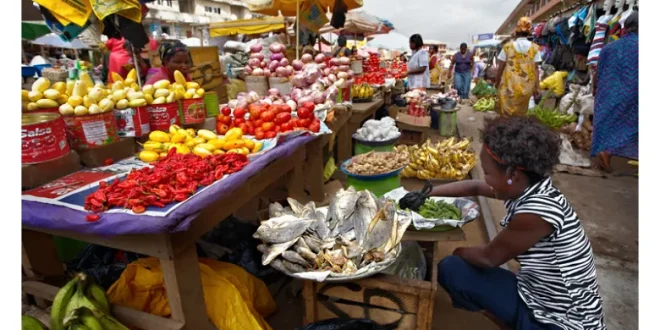May 2024 saw a small decline in inflation to 23.1%.
This is less than the 25.0% recorded in April, a decrease of 1.95 percentage points.
Government Statistician Professor Samuel Kobina Annim told reporters during a press briefing that transportation had 10.5% monthly inflation.
He urged the government to come up with answers for the spike in the monthly transportation data.
“In this case what I want the media and policymakers to engage is not food inflation but in this case, transport where we are seeing month-on-month transport inflation of 10.5% when overall month-on-month is 3.2% and we all do appreciate how transport permits across the other items that we have in the basket for the competition.
He stated that it is time to pay attention to factors driving inflation to go up in the transportation sector to mitigate its impact on the public.
“So the conversation that I really wish will be on the table going forward is how do we ensure that the consistent but slow increases in prices of food at other points would slow down and possibly see reduction going forward.”
The Ghana Statistical Service said that while non-food inflation grew to 23.6%, food inflation decreased by 4.2% to 22.6%.
With a percentage point contribution of 3.6%, vegetables, tubers, and plantains made up the largest portion of the 22.6% food inflation.
The next food subclass with the largest contribution to food inflation was prepared foods, then fish and other sea food.
With a regional inflation rate of 35.6%, the Upper East region had the highest rate. With an inflation rate of 10.3% for the month of May 2024, this is more than three times higher than the Oti region, which has the lowest inflation.
Source: Ghanatodayonline.com
 Ghanatodayonline.com News, Politics, Health, Education & More
Ghanatodayonline.com News, Politics, Health, Education & More




